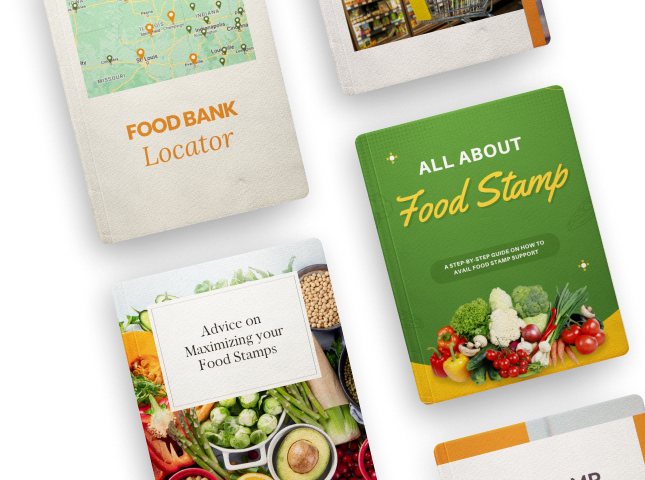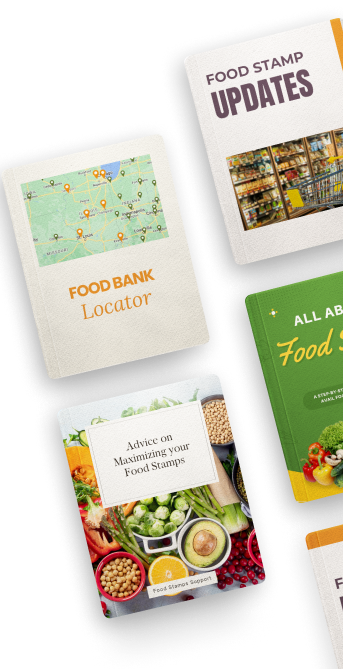Empowering Healthier Choices: Rethinking SNAP Reform
The Supplemental Nutrition Assistance Program (SNAP), colloquially known as food stamps, has become the subject of intense debate in recent times.
Various proposals have been put forth, including the restriction of SNAP benefits to healthier diets that exclude snacks and sodas.
While the aim of promoting healthier eating habits is commendable, it is essential to consider the broader implications of such reforms in order to strike a balance between personal responsibility and the need for temporary support.
Since its inception as part of President Lyndon B. Johnson's War on Poverty in 1964, SNAP has emerged as one of the nation's most expansive safety-net programs, serving over 42 million Americans.
The program aims to provide vital assistance to individuals and families with limited incomes, helping them access nutritious food.
However, concerns have been raised that the program's current flexibility allows for the purchase of unhealthy food items, potentially contributing to health issues among recipients.
Supporters of SNAP reform argue that restrictions on certain food purchases will lead to better health outcomes and combat the alarming rise in obesity rates.
By limiting the use of SNAP funds to healthier food choices, it is believed that the program can actively encourage recipients to make more nutritious decisions while ensuring taxpayers' money is utilized efficiently.
However, it is important to consider the principles of personal agency and individual choice. SNAP was designed to alleviate food insecurity and hunger, and restricting food options may infringe upon the autonomy of SNAP recipients.
Critics argue that individuals should have the freedom to make their own decisions regarding their dietary preferences, just like any other individual.
Instead of implementing rigid restrictions, a more effective approach to SNAP reform lies in empowering recipients to make informed choices about their diets.
Implementing educational programs within SNAP that focus on nutrition and healthy eating habits can help recipients develop the skills and knowledge necessary to make healthier choices. This approach respects the agency of SNAP recipients while also working towards the goal of promoting better nutrition.
SNAP reform alone cannot address the underlying issues of food insecurity and poverty. It is crucial to tackle the root causes of these problems by investing in job training, education, and economic opportunities.
By offering recipients avenues for self-sufficiency, SNAP can serve as a stepping stone, helping individuals transition out of poverty and reducing the long-term dependence on government assistance.
In conclusion, finding the balance between personal choice and promoting healthier diets within SNAP requires a nuanced approach. Through educational initiatives and addressing deeper societal issues, SNAP reform can empower recipients to make healthier choices while working towards long-term self-sufficiency.
By keeping the principles of compassion and personal responsibility at the forefront, we can build a more effective and empowering safety net for those in need.












